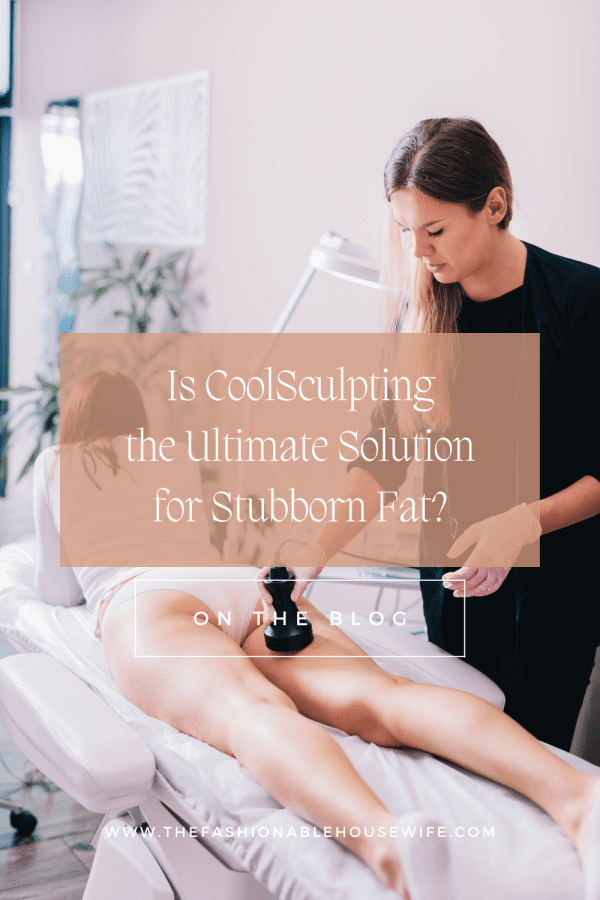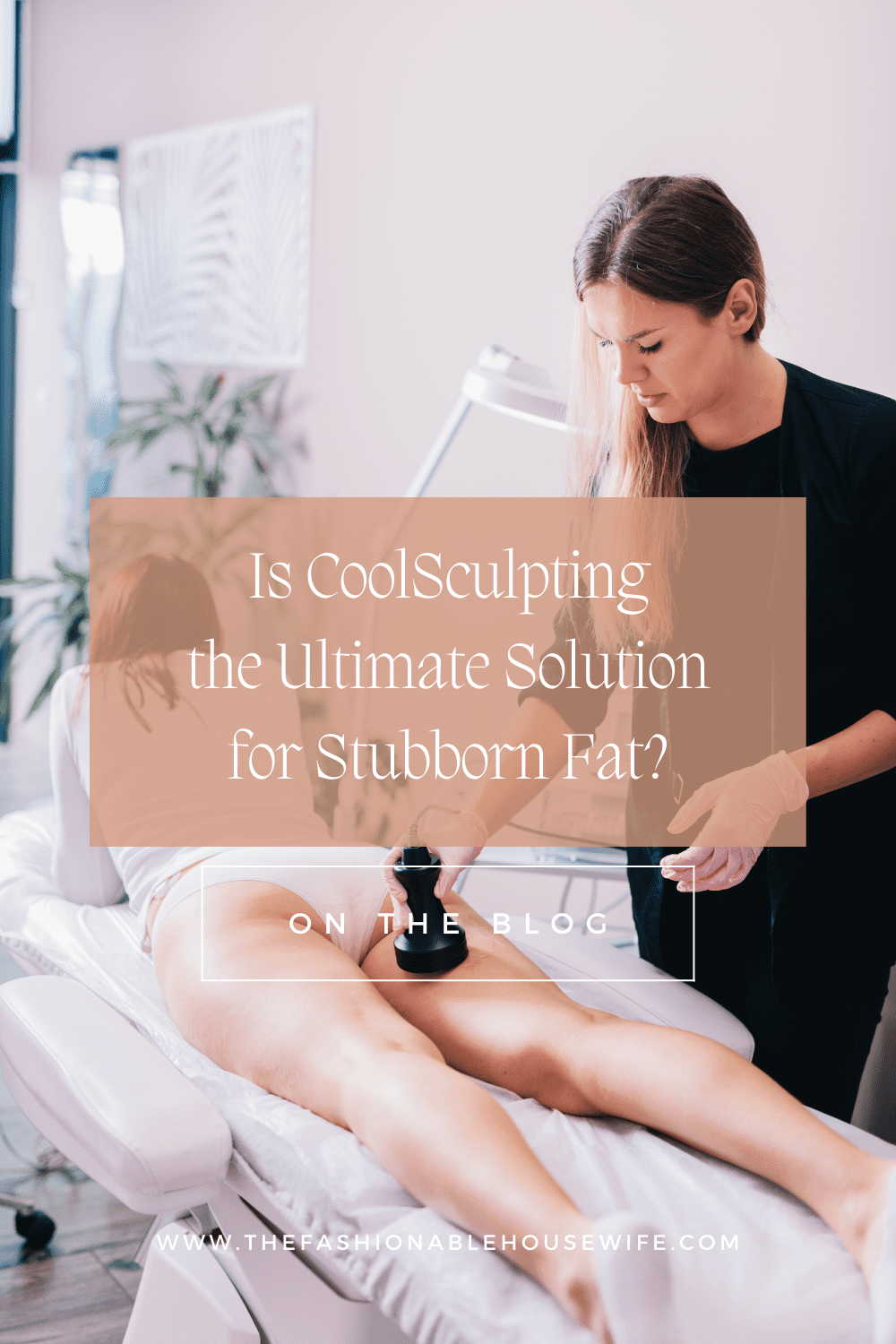Is CoolSculpting the Ultimate Solution for Stubborn Fat?

In recent years, non-invasive methods to reduce stubborn body fat have become increasingly popular among those seeking aesthetic improvements without the complications and downtime associated with surgery. One of the most talked-about procedures in this realm is CoolSculpting, a branded form of cryolipolysis that promises to eliminate fat cells by freezing them.
This article delves into the effectiveness of CoolSculpting, its process, potential side effects, and overall impact on body contouring.
CoolSculpting: A Closer Look at the Fat-Freezing Procedure
CoolSculpting operates on the principle of cryolipolysis, which involves the targeted application of cold to reduce fat deposits. The technique was developed by scientists who observed that fat cells could be selectively targeted without damaging the surrounding tissues. This procedure is FDA-approved and is used to treat body areas like the abdomen, thighs, under the chin, back, sides, and beneath the buttocks.
If you are curious about this procedure’s effectiveness in weight loss, it is essential to set realistic expectations. If you are asking how much weight can you lose with CoolSculpting, it’s important to understand that CoolSculpting is more about sculpting the body than reducing weight significantly. For more information, you may refer to reputable websites and online resources.
Effectiveness: What to Expect from CoolSculpting
CoolSculpting is not a weight-loss solution but rather a fat-reduction technique. It is ideal for those close to their ideal body weight but struggling with pockets of fat that do not respond to diet and exercise. It is believed that CoolSculpting can reduce fat layers by up to 25% after a single session in treated areas. The results are gradual, with optimal outcomes visible after several months as the body naturally processes and eliminates the dead fat cells.
The Procedure: How CoolSculpting is Performed
CoolSculpting begins with a consultation, during which the practitioner maps the treatment areas. During the session, a protective gel pad shields the skin, and an applicator that uses vacuum pressure draws the fatty area into a cup. This applicator cools the fat cells to a freezing temperature.
Despite the intense cold, the procedure is generally not painful, mostly feeling like a firm pull and numbness due to the cold. The duration of each session is approximately one hour per area, allowing patients to possibly undergo multiple treatments in a single visit, making it a practical choice for those with limited time.
Safety and Side Effects
The FDA has approved CoolSculpting as a safe method for fat reduction. The side effects are generally minor and temporary. Immediately after the treatment, some patients may experience mild discomfort, such as numbness or sensitivity, which resolves within a few weeks. Bruising and swelling are also common but subside quickly.
A rare but more severe side effect is paradoxical adipose hyperplasia, which occurs more frequently in men than women. In this condition, the treated fat cells grow larger rather than smaller. However, this is reversible with further treatment.
Cost and Considerations
The cost of CoolSculpting varies based on several factors, including the geographic location, the practitioner’s experience, and the number of areas being treated. Typically, the price ranges between $2,000 to $4,000 for a series of treatments, but this can vary widely.
Prospective patients need a detailed consultation with a certified practitioner who can provide a clear and personalized pricing structure based on their specific treatment goals. It is also important to note that CoolSculpting is an elective cosmetic procedure generally not covered by health insurance.
Comparison with Other Fat Reduction Methods
CoolSculpting provides a non-invasive alternative to surgical fat removal methods such as liposuction, which involves anesthesia, incisions, and recovery. In contrast, CoolSculpting requires no downtime, allowing patients to return to daily activities immediately.
Other non-surgical options, like laser lipolysis and radiofrequency, focus on fat reduction by using heat rather than cold. However, these methods can sometimes require multiple sessions over a longer period to achieve comparable results. Each technique has its unique benefits and limitations, making it important for individuals to consider their specific needs and consult with specialists.
Patient Satisfaction and Long-term Results
Patient satisfaction levels with CoolSculpting are generally very positive, particularly among those who maintain realistic expectations about the outcomes. The results are seen gradually over a few months as the body clears the destroyed fat cells, with clinical studies showing a reduction in fat layer thickness after just one treatment.
Long-term results can be very sustainable, provided the patient adheres to a healthy lifestyle, as new fat gain can obscure the effects. Regular follow-up treatments are unnecessary unless further reduction is desired, making CoolSculpting a compelling option for long-term fat management.
Conclusion: Is CoolSculpting the Ultimate Solution?
CoolSculpting is a compelling option for reducing stubborn fat resistant to diet and exercise. While it is not a panacea for overall weight loss, it offers a way to aesthetically enhance one’s figure by targeting specific areas of fat accumulation. As with any cosmetic procedure, individuals should consider their goals, consult with medical professionals, and consider all options before deciding on CoolSculpting as the optimal solution for their body contouring needs.

